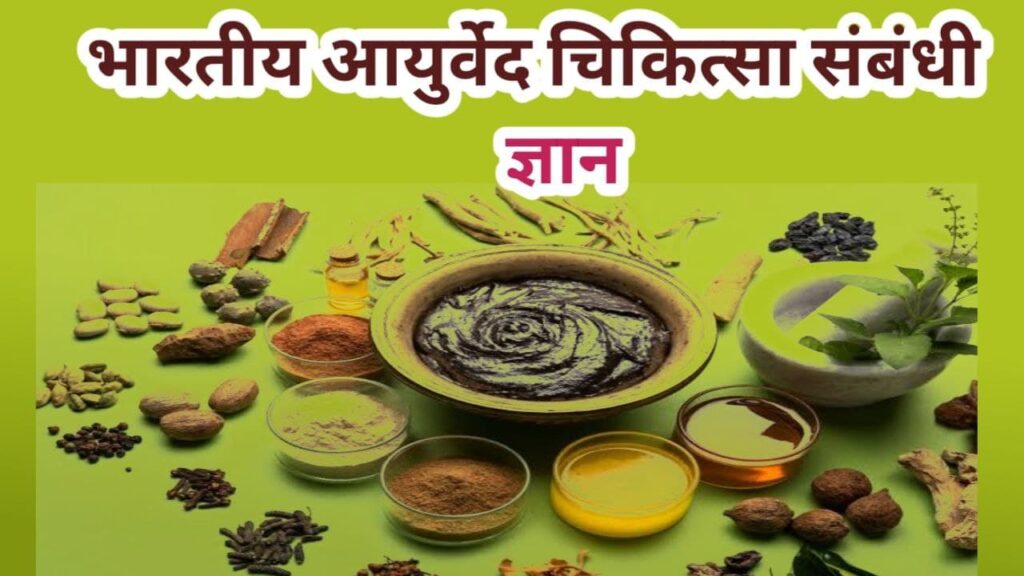
History of Ayurveda in India:- Ayurveda is an Indian medical system derived from Ayurvedic natural herbs and represents a form of alternative medicine. According to some sources, 80 percent of the people in India use ayurvedic medicine in combination with conventional western medicine. About 75% of the people in the country have some form of traditional medicine, which includes ayurveda.
History of Ayurveda in India

Ayurveda is a natural medical system that began in India more than 3,000 years ago. In 1970 the Indian Medical Central Council Act was passed by the Indian Parliament and aims to standardise the qualification of AyurvedA physicians and to make accredited institutions available for their studies and research. The term Ayur Vedas derives from the Sanskrit word ayur (life) and the Vedas (science” or “knowledge”).
Ayurveda is a natural medical system based on the idea that illness is based on an imbalance of stress in people’s consciousness. It promotes certain lifestyle interventions and natural therapies to restore balance in body, mind, and environment. In Ayur Vedas, the treatment begins with an inner cleansing process, followed by a special diet, herbal remedies, massage therapy, yoga and meditation.
Ayurveda is an ancient system of life that is the oldest surviving medical system in the world. The ancient practice of ayurvedic medicine has helped millions of people lead healthier lives. Ayur Vedic science is not only a traditional Indian medicine form, but also a permanent naturopathic health system that has survived the test of time and the assault of modern science and treatments.
Like any other medical system, ayurvedic treatments have contraindications and the potential for side effects and side effects. For example, a study published in 2011 in International Journal of Ayurveda Research examined the ayurvedic treatment of 290 people with RA for seven years
Ayurvedic practitioners believe that positive lifestyles support the treatment of RA. They believe that a sedentary lifestyle causes the formation of inflammation and disease. Yoga practice which is an essential part of Ayur Vedic medicine can help a person with RA to be physically active and reduce stiffness and pain.
According to Ayurveda, the human body consists of tissue (Dhatus), waste (malas) and biomaterials (doshas). In the pathogenesis of Granthi and Roga, the dominant tidoshas Vata (Kapha) are involved in the pathogenesis of Vata and Kaphahara medicines require Dushyas (Rakta, Mamsa and Meda) as they possess Raktaschodhaka (blood cleanser) and Lekhana (dissolving and dissolving).
In medicine, since ancient times, Ayurvedas are separated into five classical elements (Sanskrit : Panchamahabhuta, i.e. The three elementary limbic humor doshas are Vata (space), air (equated to the nervous system), pitta (fire equated with enzymes) and kapha (water and water equated with slime). There is also a parallel set of mental dosha called satoguns (rajoguns and tamoguns) that control psychology.
Treatments in traditional medicine do not always integrate. In modern gynaecological practices, uterine fibroids are not medically treated clearly except for surgical procedures, whereby patients seek alternative therapies for healing.
Apart from pathological surgical cases the normal mentality of patients is to avoid surgery as much as possible and to seek Ayurveda or other alternative treatments of their choice. This mentality applies to patients with uterine fibroids as long as malignancy is excluded. Management of uterine fibroids Although operations are feasible to meet the urgent needs of patients, the challenge remains to establish a satisfactory conservatory for medical treatment.
As a result there is less information about how these supplements work, how they interact with other prescription drugs and whether they are safe. For this reason, it is vital that people buy Ayurvedic supplements from reputable doctors and tell their doctors that they use Ayurvedic treatments
If your appointment is less than one month away, a security deposit must be paid on a credit card. A cheque for the receipt of the cheque must be received at least one month before the appointment to be met. The balance of your PK invoice is due the Friday before your last day by 3pm in order for PK to arrive.




Good